personal information protection
In today's digital age, safeguarding your personal information is essential. Discover effective strategies to create strong password personal information protection
4/18/20257 min read
How to Set a Password in Windows 10 and Windows 11: A Step-By-Step Guide
Understanding the Importance of a Password
In today’s digital age, ensuring the security of personal information is paramount. Setting a password for your Windows 10 or Windows 11 accounts serves as the first line of defense against unauthorized access. Without a password, anyone who gains physical access to your device can easily view or manipulate the data stored within. This poses significant risks, particularly if your computer contains sensitive information such as banking details, personal documents, or work-related files.
The absence of a password can lead to serious security breaches, including identity theft and data loss. With cybercriminals becoming increasingly sophisticated, relying solely on the assumption that your device is safe is no longer adequate. A strong password acts as a barrier, disallowing unauthorized users from accessing your system and ensuring that your sensitive information remains protected.
A password not only secures your personal data but also enhances your overall online safety. It makes it more difficult for malicious software or hackers to exploit vulnerabilities in your operating system. By using complex passwords that incorporate a mix of letters, numbers, and symbols, you can create robust defenses against brute force attacks. The importance of setting a password cannot be overstated, as it reduces the risk of unauthorized access, making it a vital component of your overall security strategy.
Additionally, having a strong password can prevent unauthorized sharing of personal accounts, which might lead to negative implications in both personal and professional contexts. Thus, the benefits of implementing a strong password system extend beyond just safety; they encompass peace of mind and assurance that your personal data is adequately safeguarded. Ultimately, easy-to-remember but secure passwords are essential for effective protection of the information you hold dear.
Accessing Account Settings in Windows 10 and Windows 11
METHOD-1
Navigating to the account settings in both Windows 10 and Windows 11 is a straightforward process. This guide will provide step-by-step instructions to assist you in setting a password for your user account.
For Windows 10, start by clicking on the 'Start' menu located in the lower-left corner of your screen. From the menu, select the 'Settings' icon, which looks like a gear. This action will open the Settings window.
Once the Settings window is open, locate and click on the 'Accounts' option. This section will allow you to manage your account settings, including password options. In the Accounts menu, you will find several tabs on the left side. Click on 'Sign-in options' to access the password settings. Here, you will see a section labeled 'Password,' and if you have not set one yet, you will find an option to create a new password. Follow the prompts to enter your desired password, which will enhance your system's security. If, password already set you will find ‘change’ option.
For those using Windows 11, the procedure is remarkably similar. Click on the 'Start' menu button and select the 'Settings' icon. In the Settings menu, navigate to the 'Accounts' category. Within this section, you will see 'Sign-in options.' Clicking on this option will take you to the password settings. As in Windows 10, if you need to set or change your password, follow the instructions provided on the screen. Make sure to choose a strong password for optimal security.
In both operating systems, it is important to keep your password memorable yet secure. Incorporating a combination of letters, numbers, and symbols can significantly enhance the strength of your password. Following these steps will ensure that you have successfully accessed the account settings necessary for managing your password.
METHOD-2
To change your Windows user password using the Control Panel,
è First, click on the Start menu and
è select "Control Panel." Once in the Control Panel, navigate to
è "User Accounts" and click on it.
You'll see options related to your user account; choose "Manage another account" if prompted. Then select your account from the list. Look for the option that says "Change the password" and click on it. Enter your current password, then type the new password you'd like to use and confirm it in the provided fields. After that, click on "Change password" to save your changes. Ensure that you remember your new password for future logins. This simple step-by-step process allows you to maintain your account’s security efficiently.
METHOD-3
To change a Windows user password using the
Manage option in Local Users and Groups, first, access the Computer Management console by -> right-clicking on the Start menu and selecting -> "Computer Management."
Once the console is open, navigate to "Local Users and Groups" in the left pane.
Click on "Users" to view the list of user accounts on your machine.
Locate the user for whom you want to change the password, right-click on the username, and select "Set Password."
A prompt will appear, allowing you to enter the new password; you may also need to confirm it. After entering the new password, click "OK" to apply the changes. This process ensures that the user's password is updated securely, allowing them to log in with the new credentials during their next session.
Creating a Strong Password
Creating a strong password is a fundamental step in safeguarding your digital information. A robust password acts as a barrier against unauthorized access and potential security breaches. To ensure maximum protection, it is advisable to follow certain best practices when generating passwords.
Firstly, length is a key aspect of a strong password. Security experts recommend that a password should be at least 12 characters long. Longer passwords are generally more secure because they are exponentially harder for cybercriminals to crack using brute force methods. Additionally, complexity plays a vital role; incorporating a mix of upper and lower-case letters, numbers, and special characters can significantly enhance password strength.
Avoiding common mistakes is equally important. Do not rely on easily guessable information, such as birth dates, names, or recognizable patterns. It is also wise to steer clear of using the same password across multiple platforms. If one account is compromised, others using the same password become vulnerable as well. To address this issue, consider utilizing a password manager. Password managers not only help generate complex passwords but also securely store them, allowing you to use unique passwords for different accounts without the hassle of remembering all of them.
Moreover, periodically updating your passwords can bolster your security further. Establish a routine to change passwords every few months, especially for sensitive accounts like online banking or email. It is essential to stay informed about best security practices and adapt your password strategy accordingly.
In conclusion, creating a strong password is vital in protecting your digital presence. By focusing on length, complexity, and uniqueness, along with the aid of a password manager, you can significantly enhance your security measures. Following these guidelines can help mitigate potential risks and keep your information secure.
Verifying and Managing Your Password
After successfully setting a password in Windows 10 or Windows 11, it is essential to verify that it works correctly to ensure access to your account. To do this, simply log out and attempt to log back in using the new password. If you can access your account without issues, you have confirmed that the password was set correctly. If you encounter problems, it may be necessary to revisit the password creation process to ensure the settings were saved properly.
Managing your password for your Windows account is equally important. In the event that you forget your password, you can reset it by following a series of steps. First, on the Windows login screen, select the "Reset password" option. This will prompt you to answer security questions or, if set up, receive a verification code to your registered email or phone number. If your account is linked to a Microsoft account, you can also reset your password via the Microsoft account recovery page, which can be accessed from any browser.
Moreover, creating recovery options is an excellent way to safeguard against being locked out of your account in the future. You can set up additional authentication methods such as a security question, or add a phone number or alternate email address. These options can be configured within your account settings, providing security and convenience when accessing your account.
Finally, to enhance your account's security, consider enabling multi-factor authentication (MFA). MFA adds an additional layer of security beyond just your password. This requires a second form of verification, such as a code sent to your phone or an authentication app. Enabling MFA helps to protect your account, even if someone else manages to obtain your password.



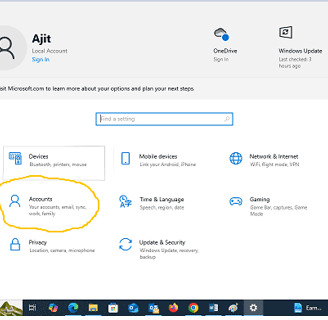


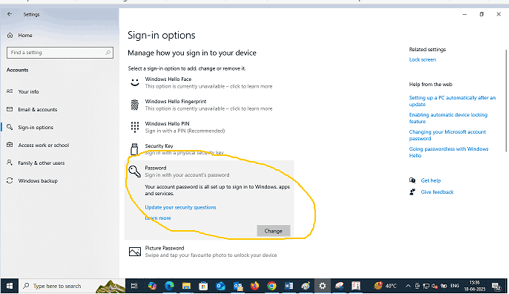

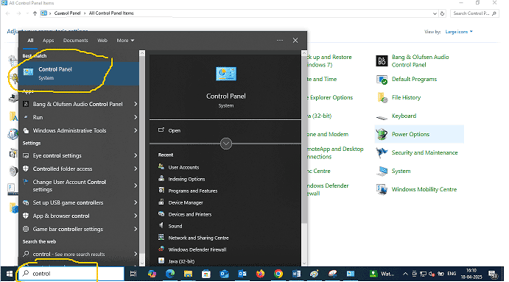

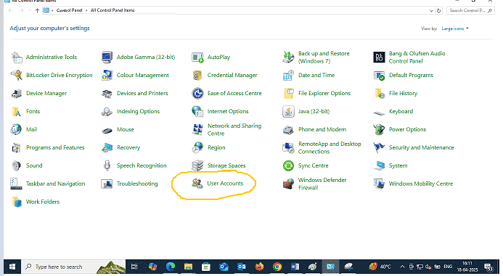

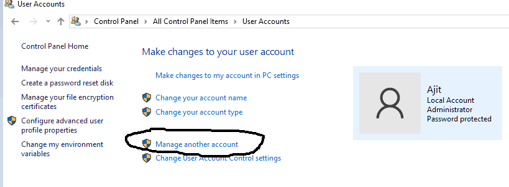

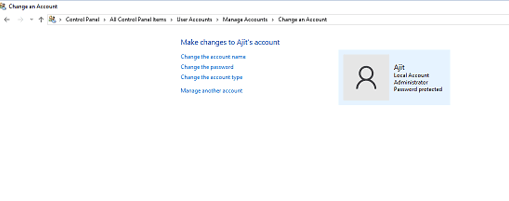

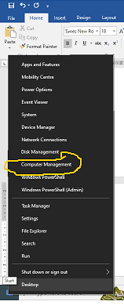


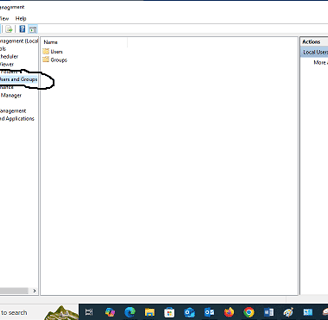

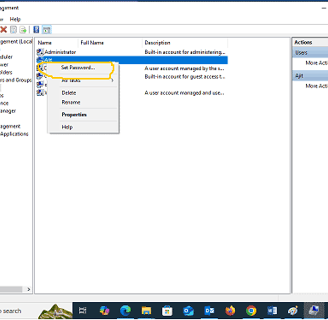
Knowledge
Connect
info@eduglow.in
+91-9313746414
© 2024. All rights reserved.
